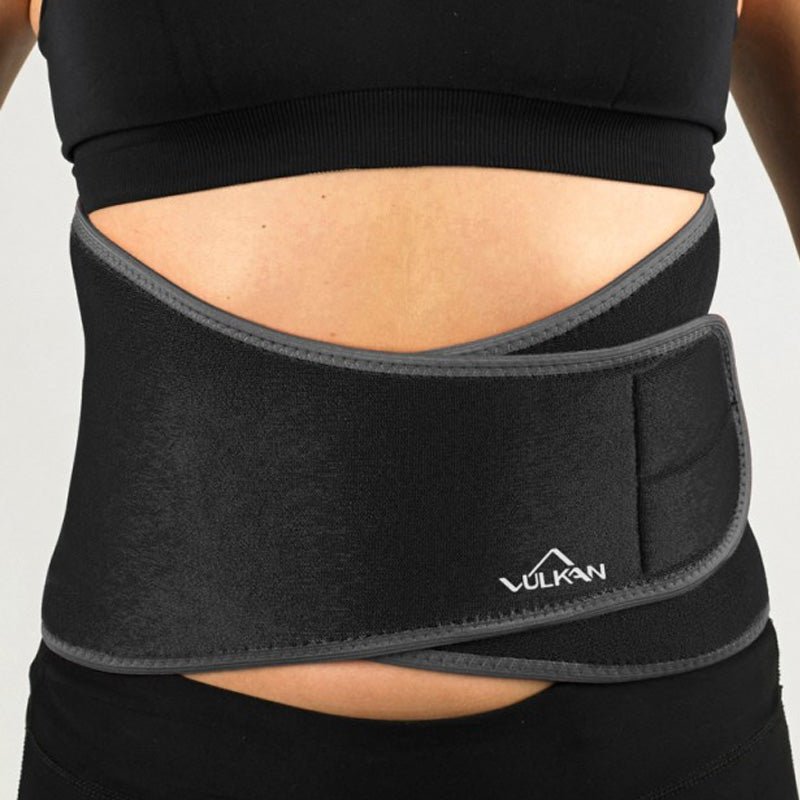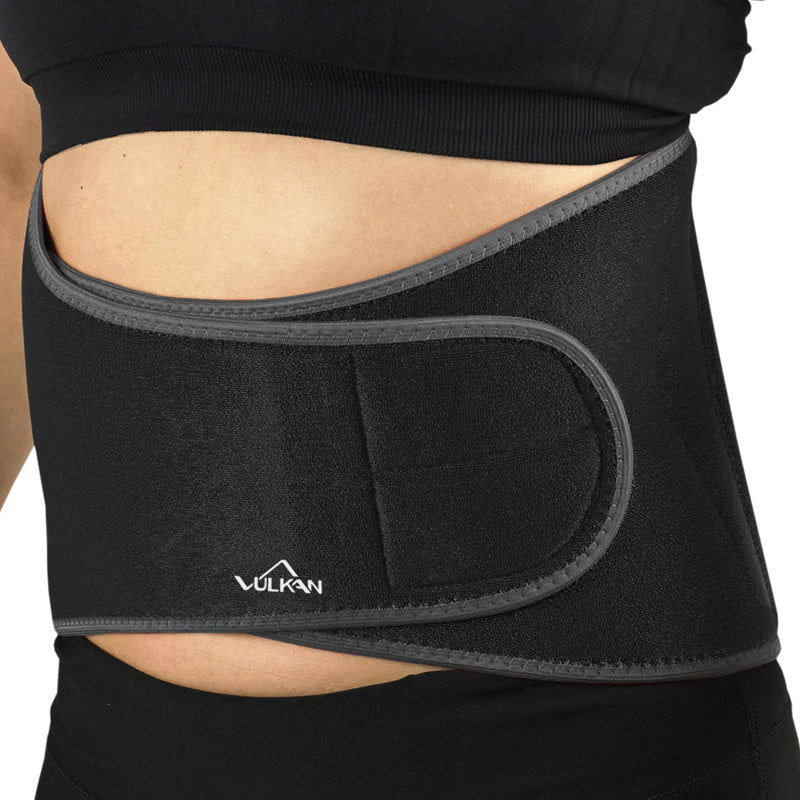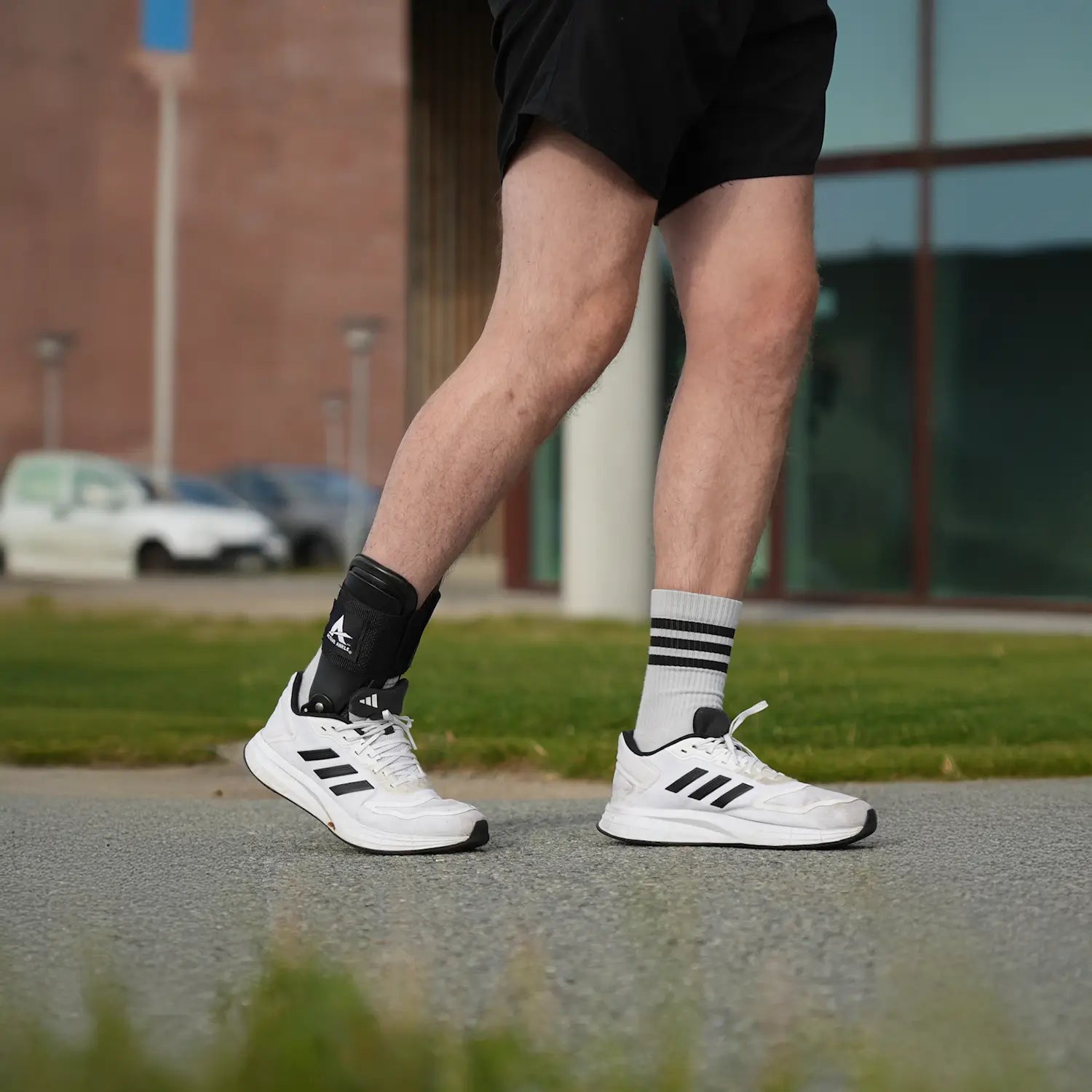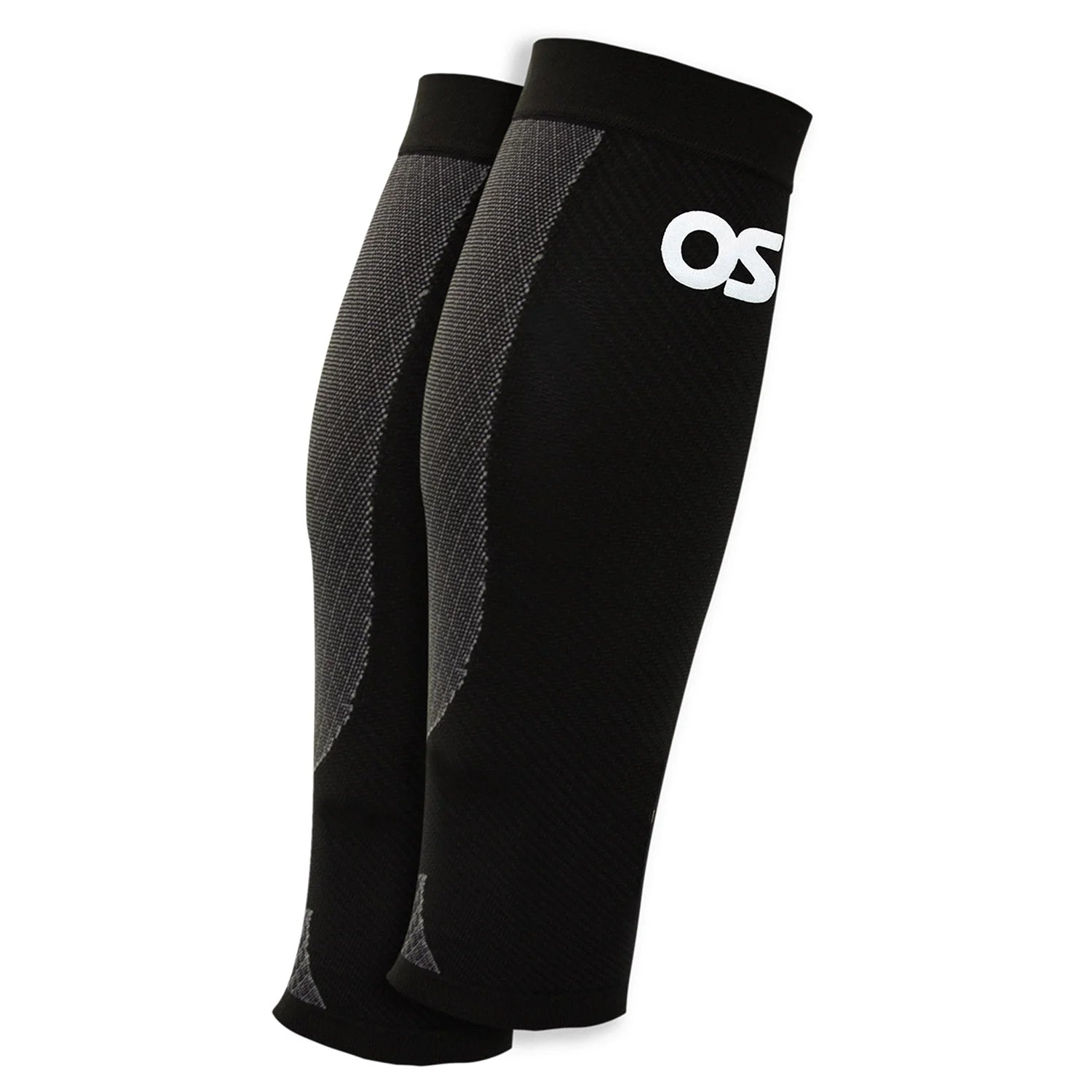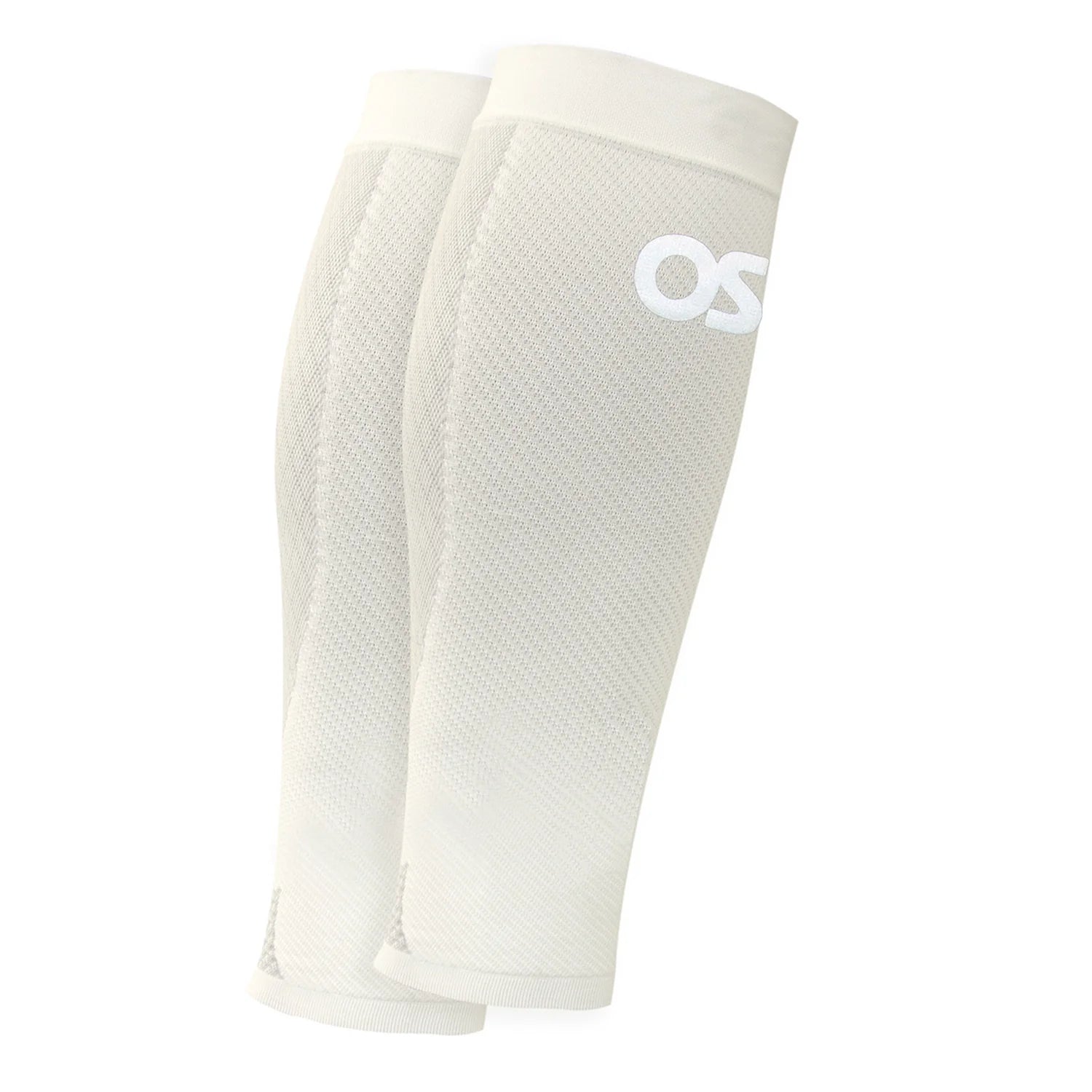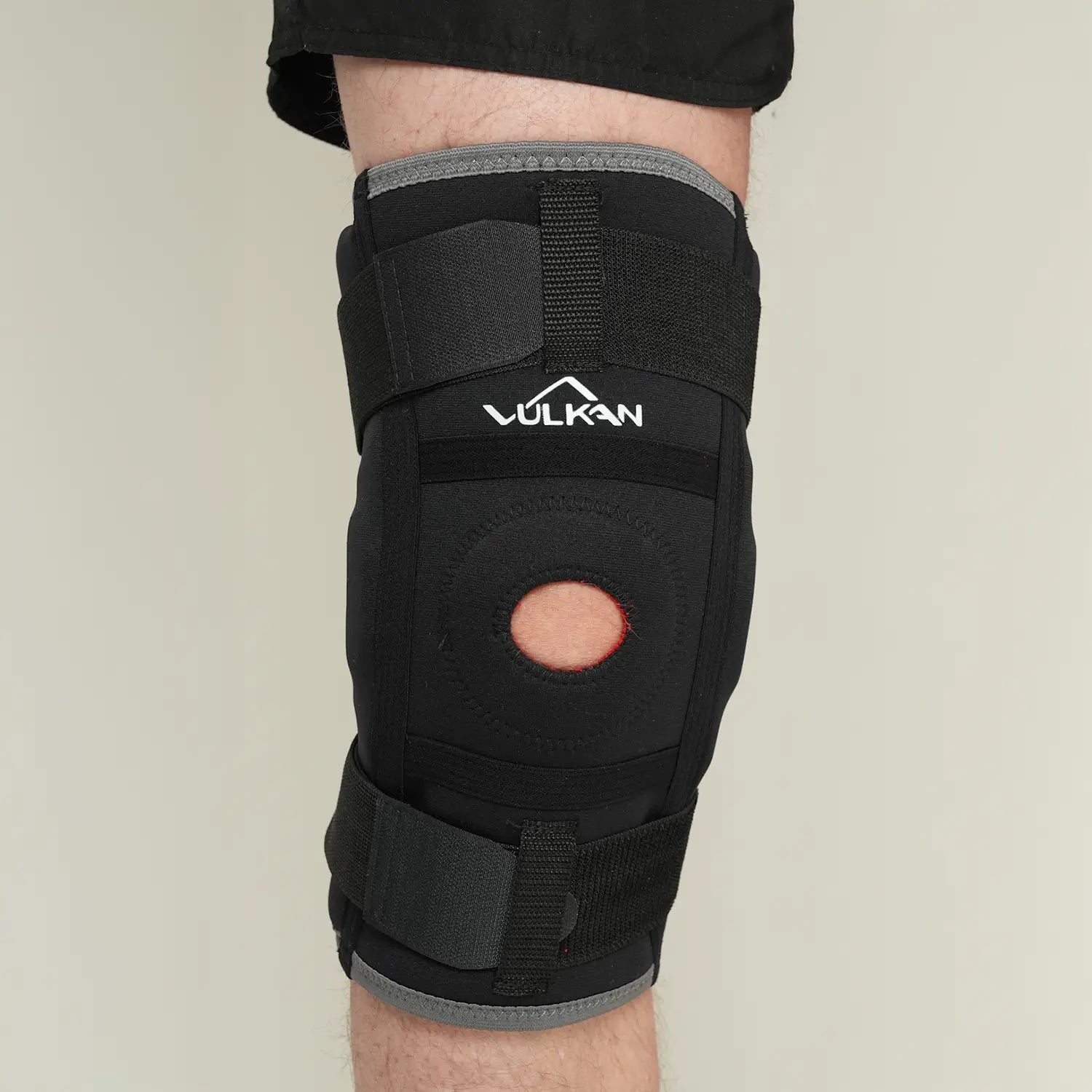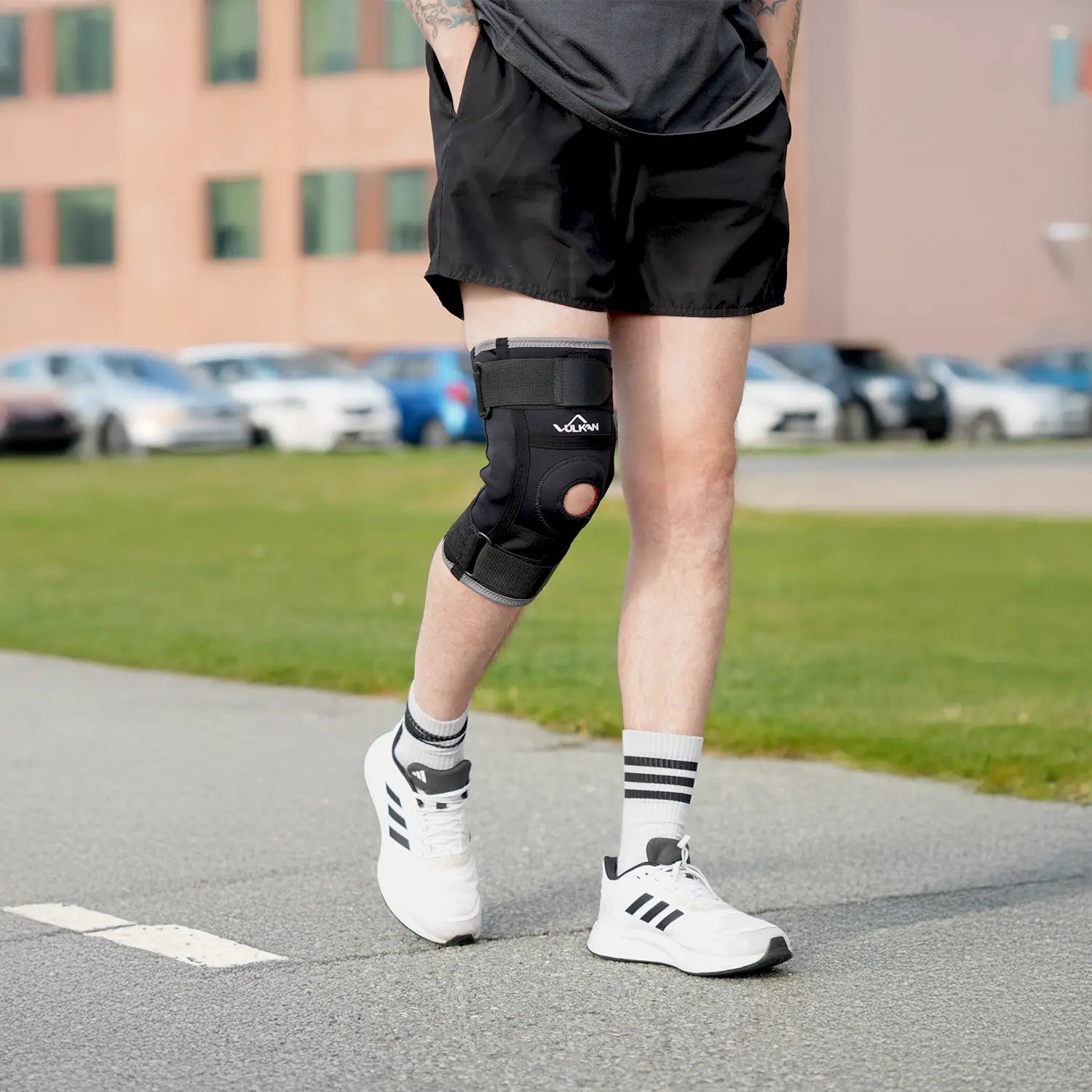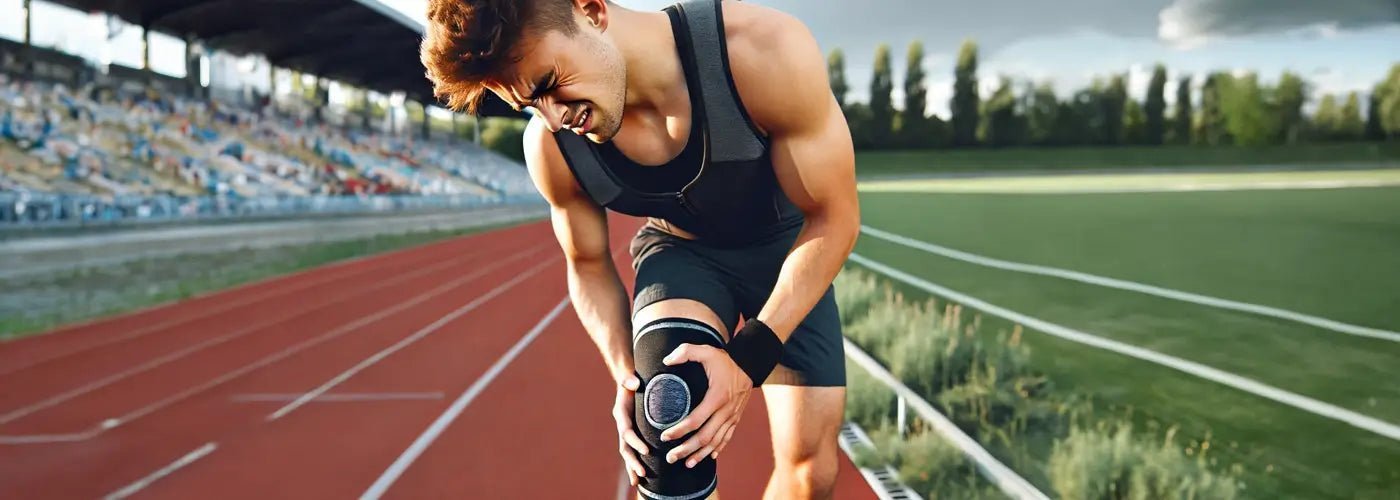
Why does my knee hurt?
Why you sometimes get knee pain is a common problem that can affect people of all ages. The causes of the pain vary and can be due to anything from overuse to injury or underlying medical conditions. In this post, we will explore why knee pain occurs, how to relieve it, and what you can do to prevent future problems.
Common reasons why your knee hurts
There are several factors that can lead to knee pain. Some of the most common causes include:
Overload
Occurs when the knee joint is subjected to more strain than it can handle, which can lead to inflammation and pain. This is common in athletes or people who have recently increased their physical activity.
Damage
Acute injuries such as meniscus tears or cruciate ligament injuries can cause sudden and intense pain. These injuries often occur with twisting or direct trauma to the knee.
Inflammatory conditions
Conditions such as bursitis (inflammation of the bursa) or tendinitis (inflammation of the tendon) can cause pain and swelling in the knee.
Osteoarthritis
A degenerative joint disease in which the cartilage in the knee joint breaks down over time, leading to pain and stiffness.
Overweight
Extra body weight increases the strain on the knee joints, which can contribute to pain and an increased risk of osteoarthritis.
Relieving measures for knee pain
Treatment for knee pain depends on its cause. Here are some general strategies to relieve the pain:
Rest and relief
Reduce or avoid activities that aggravate the pain to give your knee time to recover.
Cooling and compression
Apply ice packs and use compression bandages to reduce swelling and relieve pain.
Painkillers
Over-the-counter medications such as acetaminophen or NSAIDs can help relieve pain and inflammation.
Physiotherapy
A physiotherapist can provide individually tailored exercises to strengthen the muscles around the knee and improve mobility.
Weight loss
If being overweight is contributing to knee pain, a healthy diet and regular exercise can help reduce the strain on your knees.
Preventive measures for knee pain
To reduce the risk of future knee problems, the following measures may be effective:
- Strength training : Strengthen the muscles around the knee, especially the thigh muscles, to provide better support and stability.
- Proper technique : Use proper technique during physical activity to avoid unnecessary strain on your knees.
- Adapted training : Increase training intensity gradually and vary activities to avoid overload.
- Good shoes : Wear shoes with good cushioning and support to reduce the strain on your knees.
Frequently asked questions about knee pain
Why does my knee hurt when I bend it?
Pain when bending the knee can be due to several causes, including meniscus injuries, tendon inflammation, or cartilage problems behind the kneecap.
When should I seek treatment for knee pain?
You should seek medical attention if the pain is intense, if the knee is swollen, if you have difficulty putting weight on the leg, or if the pain does not improve after a few days of rest and self-care.
Can I exercise even though I have knee pain?
Yes, but it is important to adapt your exercise to your pain level. Lighter activities such as swimming or cycling can be gentle on your knee. Avoid activities that aggravate your pain and consult a physiotherapist for advice on appropriate exercises.
How can I prevent knee pain?
To prevent knee pain, it is important to maintain a healthy weight, train leg strength and coordination, use the correct technique during physical activity, and choose shoes with good support and cushioning.
What is runner's knee and how is it treated?
Runner's knee is an overuse injury where the tendon along the outside of the knee becomes irritated. It causes pain on the outside of the knee, especially during running. Treatment includes rest, stretching, adjusting exercise routines, and sometimes physical therapy.
By understanding these causes and taking appropriate measures, you can effectively manage and prevent knee pain. If the symptoms persist or worsen, it is important to seek professional help for proper diagnosis and treatment.
Read more about our dedicated sections on specific problems that can occur in your knee:






